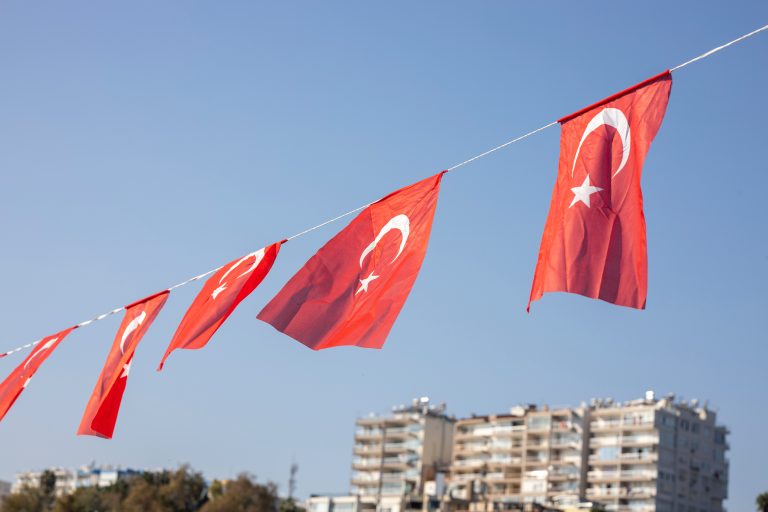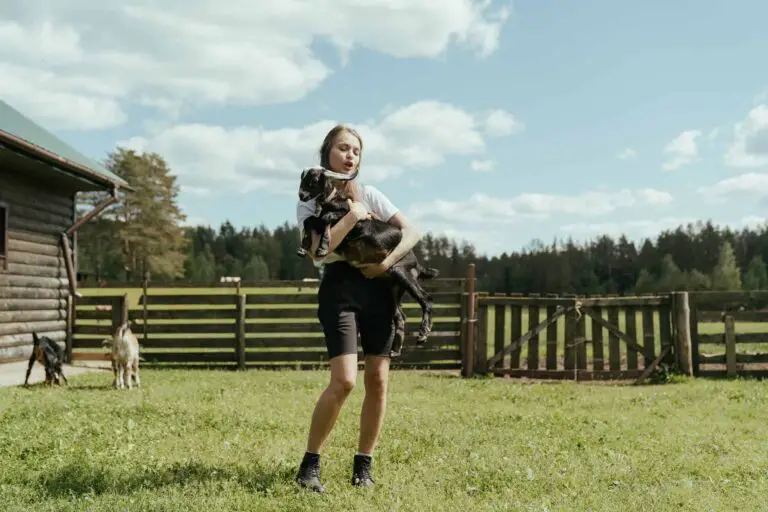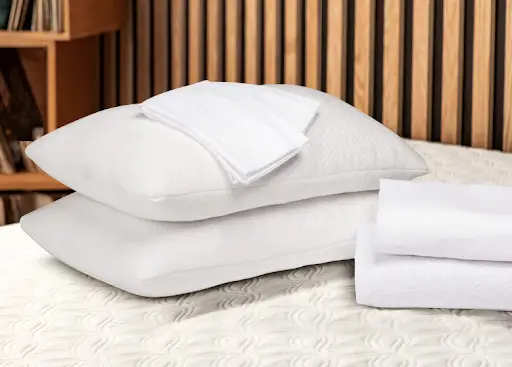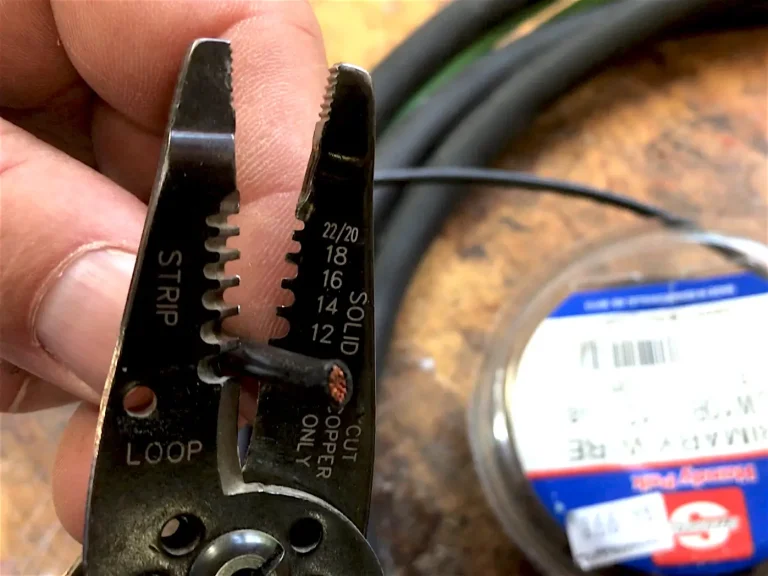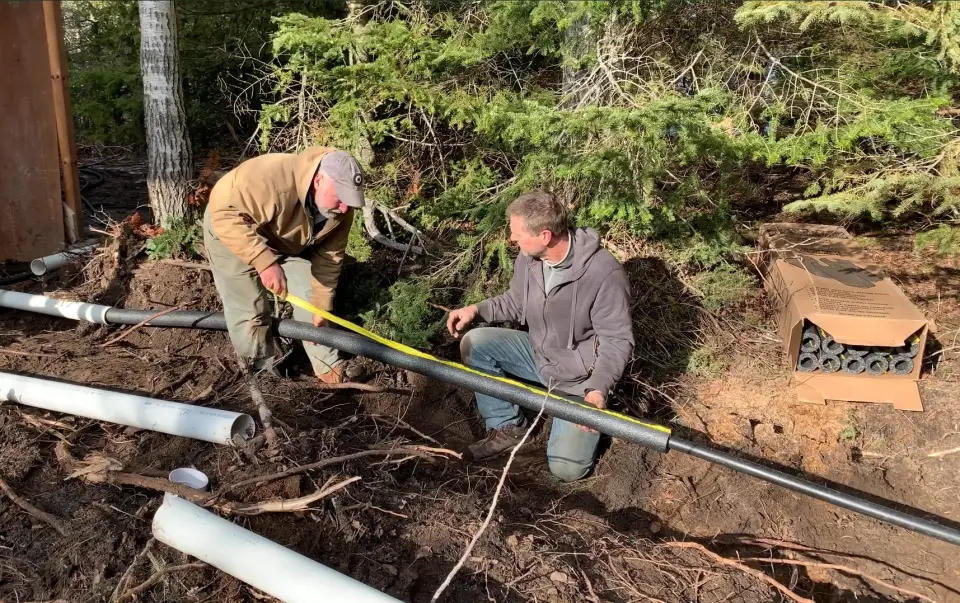
Question: How realistic is it to convert a seasonal cottage built in the 1950s into a year-round home? My husband and I live in the city and we’d like to sell our house and take the proceeds to buy a small place by a lake to raise our family mortgage-free. The cabin we’re looking it needs a heat source, double pane windows, insulation and a water system that won’t freeze. Is our plan a good one?
Answer: Moving from city to country has been a trend for several decades, but it has gained new momentum when COVID kicked in. These days I often hear from people with plans like yours, and the first thing I explain is that the challenge of turning a seasonal cottage into a full-time home is larger than meets the eye, especially when you’re dealing with a cold climate. It’s entirely possible, but challenging. That’s because it’s difficult to make fundamental changes such as adding more insulation and upgrading the water system so it won’t freeze. Generally speaking, there are five main challenges:
1. Water: Creating a water supply system that can operate reliably when it gets way below freezing.
2. Sewage: Creating a waste water system that won’t freeze solid during winter.
3. Floor Temperature: Making floors warm enough to be bearable (and maybe even comfortable) when there’s no basement underneath.
4. Energy Efficiency: Establishing an energy efficient building envelope when the structure was originally built without energy efficiency in mind.
5. Space for Mechanicals: Finding space for the additional mechanical equipment that might be needed in a year-round home i.e. furnace, water treatment filter, etc.
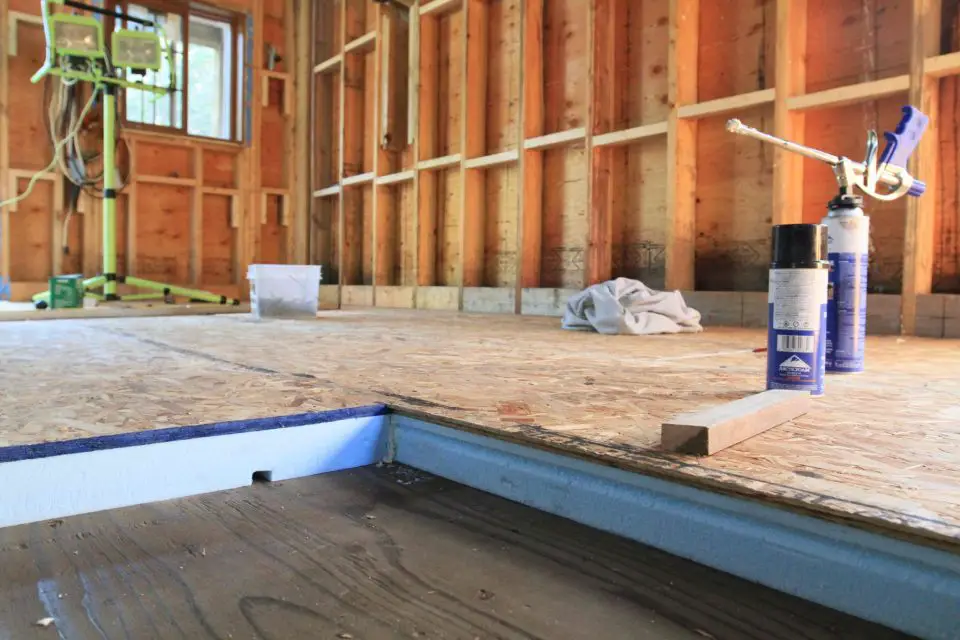
I have helped people do exactly the kind of thing you’re planning, so I know it’s possible. The difficulty is that it takes a meticulous approach and specialized knowledge to pull something like this off. A regular contractor might be able to guess at how to meet these technical challenges, but unless they’ve actually done this conversion several times before and seen how everything shakes down in the real world of a harsh winter, mistakes will probably be made. I’d look for a contractor who has actually done this sort of work. A mistake that leads to a sewage line freezing at Christmas, for instance, can leave you with drains that won’t work until April or May (at least where I live), after they defrost in spring. I know people who have unsuccessfully moved into a cottage that they thought was winter-proof, only to find that they have to live without running water for a month. The stakes are high, but good results are possible.
Converting from three-season to four-season is too large of a topic for me to cover here, but the roughest of ballpark estimates for cost would be about $10K to $20K to winterize the kind of place I saw in the realtor’s link you sent. The end result could cost $5K or $50K. I can’t get more specific than that without seeing the place. Click here for a detailed tour of a couple who moved from the city to a lakeside cottage. Their story has a lot you can learn from.
As I mentioned, one of the biggest challenges in this venture is keeping water lines from freezing. Click here for a detailed account of one homeowner that I helped make the year-round water thing happen where insufficient soil cover exists.







